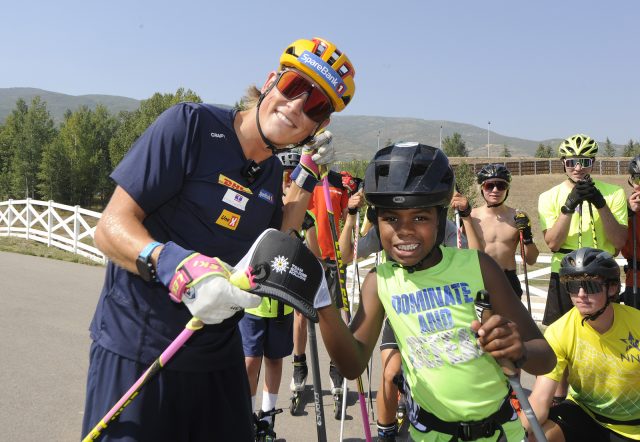
Practice had ended for the Soldier Hollow Comp and Devo teams, but no one went to take their roller skis off. They were waiting for something that didn’t happen everyday; shortly, their patience was rewarded. The winningest male World Cup skier of all time—Olympic Champion, World Champion—glided around a gentle left-hand bend, dragged his wheels to a perfect stop in front of the crowd, picked up a microphone, and smiled a familiar smile: Johannes Høsflot Klæbo had arrived.
Hosting the day, Tom Kelly asked the questions that each of us in the American ski community might ask if the best skier in the world showed up on our local trail system:
For the kids:
Tom Kelly (TK): What advice would you give to our [youth] skiers here today?
Johannes Høsflot Klæbo (JK): The most important part is to have fun. That was my focus when I was that age, and all the way up until I was starting on the national team. For me also, I was small, like really small, so I tried to really work on my technique to make up for that.
For the (slightly) older kids:
TK: When you were young, which skiers were you looking up to?
JK: The skier I was looking up to was Petter Northug. [I also looked up to] my grandfather – who [is] my coach, but also just there for me and still is here for me and I look up to him for that.
And for the US Ski Community looking forward to the future:
TK: What do you think about [Soldier Hollow] as a venue for the [2030 Winter Olympic games]?
JK: “Yes definitely. This is a venue built for the Olympics and I remember watching some great races here in 2002. 2030 is eight years away, which, I guess I will try to keep [myself] going until then.”
On this day, it became apparent that Soldier Hollow is part of Klæbo’s plan to keep himself going . . . but why Soldier Hollow? Why would Johannes Høsflot Klæbo feel the need for a change? He’s the central figure in ski-obsessed Norway; for Norwegians, Utah is practically the edge of the skiing universe, and Klæbo’s achievements wouldn’t imply the need for rethinking his usual plans and strategies. At the age of 25, he’s already amassed seven Olympic medals, eight World Championship medals, and 48 World Cup victories (more than any male skier in the sport’s history). Ironically, these achievements may be credited to Klæbo’s insistence on doing things his own way (not simply as a member of the Norwegian Ski Team). Klæbo’s athletic support system is almost exclusively his family: his Grandfather serves as his primary coach, and his brother plays an important role in managing everything that goes into being Johannes Høsflot Klæbo. When viewed in that light, it seems less unusual that Klæbo would choose to spend time training in a new environment, and under a new plan.
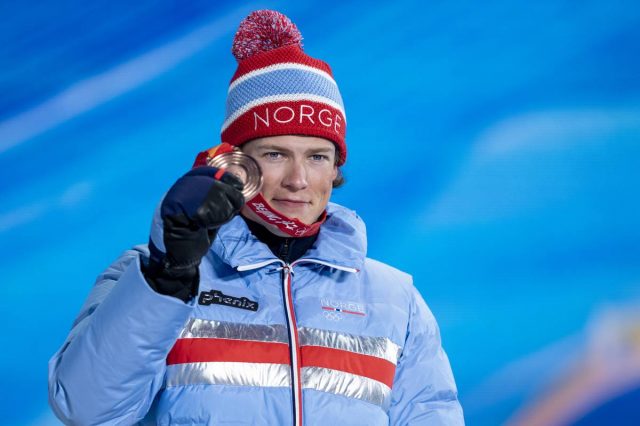
Klæbo is already experiencing a 2022-2023 season that differs from his normal program. His widely publicized mid-summer hamstring injury has necessitated changes to his usual training plan, including the incorporation of pool-therapy and swim-training to maintain fitness while he rehabs the injury. Fortunately, Klæbo seems to maintain a focus on skiing that is total. He likes to push, to experience the thrill of skiing fast, and to prove that he can go faster than anyone else. That persistent curiosity for the sport that is his profession seems to have motivated his trip to Utah. When Tom Kelly asked Klæbo what he knew about Soldier Hollow before showing up to train there last week he responded, “Honestly, I didn’t know much. I just wanted to try something new. [I] knew this was an Olympic venue with a good roller ski track, and I could see what skiing in America was like.”
When details of Klæbo’s 2022-23 plans emerged in June, the key innovation those plans revealed was to institute a program of high-altitude training separate from the Norwegian national team. With training at Soldier Hollow (elevation 5,882ft/1792m) and Park City (elevation 7,000ft/2,134m), Utah is the first of four stays at altitude that Klæbo plans for a season that will also include Livigno, Italy; Davos, Switzerland; and an as-yet undetermined location prior to the World Championships next March in Planica, Slovenia (which will take place at an altitude of 3120ft/951m).
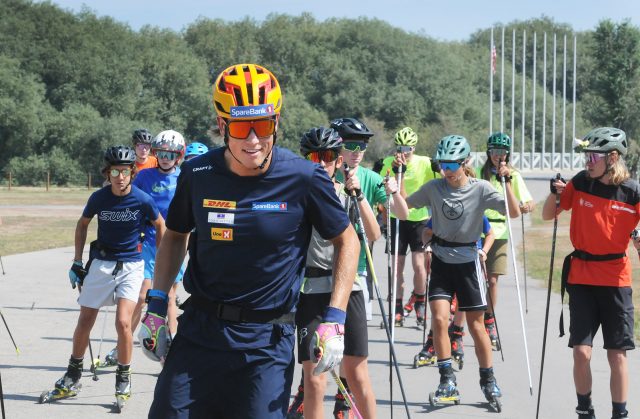
Altitude training camps have become commonplace additions to training plans for endurance athletes of all disciplines. The basic principle of altitude training takes advantage of the body’s ability to acclimatize to relatively low-oxygen environments by the production of more red blood cells to help supply the lungs with the oxygen (in-depth descriptions of altitude training philosophies can be found in this episode of the Devon Kershaw Show with Sports Scientist and Outside columnist Alex Hutchinson). With this consistent and well-established reliance on periods of high-altitude training, Soldier Hollow will be a key site for elite skiers from across the country, beginning with US Ski Team, US Biathlon Team, and a number of clubs convening on the Soldier Hollow loop for fall camps and the Schutzenski Roller Ski Festival (Oct.10th-16th).
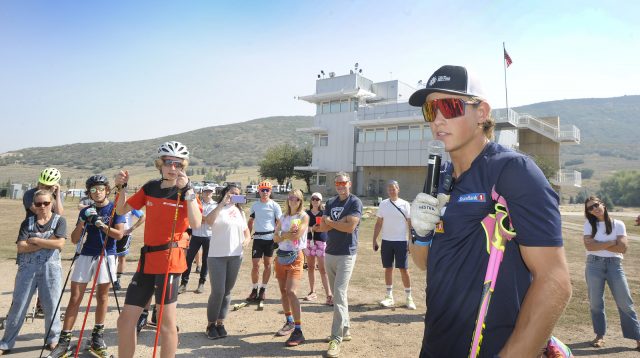
Klæbo’s decision to spend this month at Park City bodes well for the reputation of Soldier Hollow as an altitude training destination. That development—along with so much else happening in US skiing—is truly exciting. Klæbo’s appearance at Soldier Hollow provides credence: when the best skier in the world chooses to train here, the rest of the skiing world is likely to follow. As Tom Kelly suggested to Klæbo on Saturday, perhaps this training approach will develop, “A few kids [from Park City] who will be here in 2030 to challenge you.”
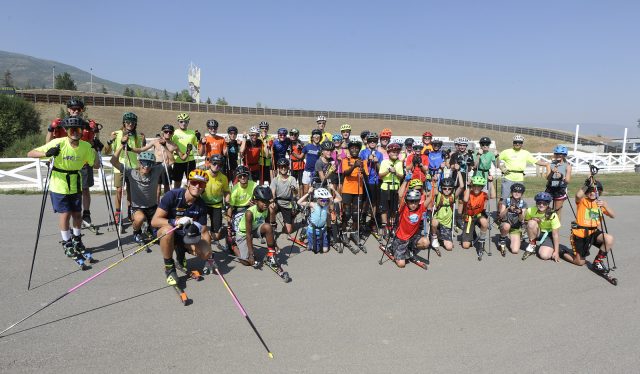
Ben Theyerl
Ben Theyerl was born into a family now three-generations into nordic ski racing in the US. He grew up skiing for Chippewa Valley Nordic in his native Eau Claire, Wisconsin, before spending four years racing for Colby College in Maine. He currently mixes writing and skiing while based out of Crested Butte, CO, where he coaches the best group of high schoolers one could hope to find.


